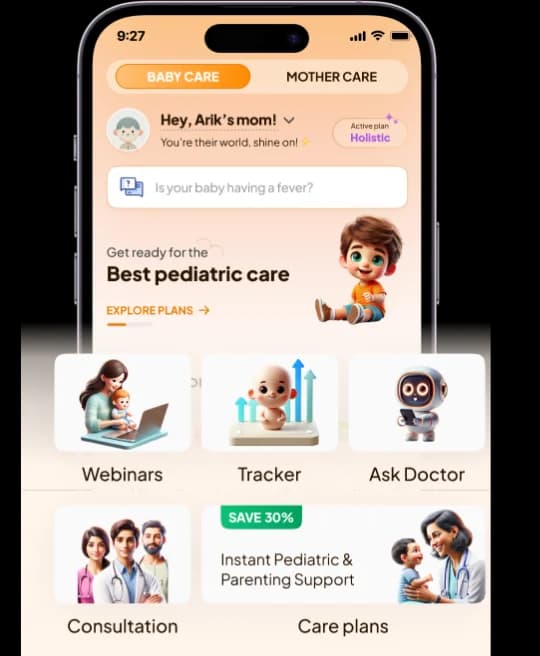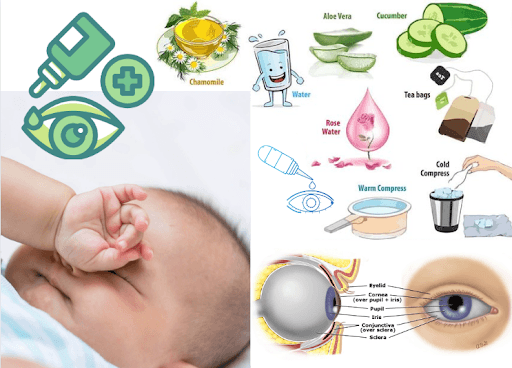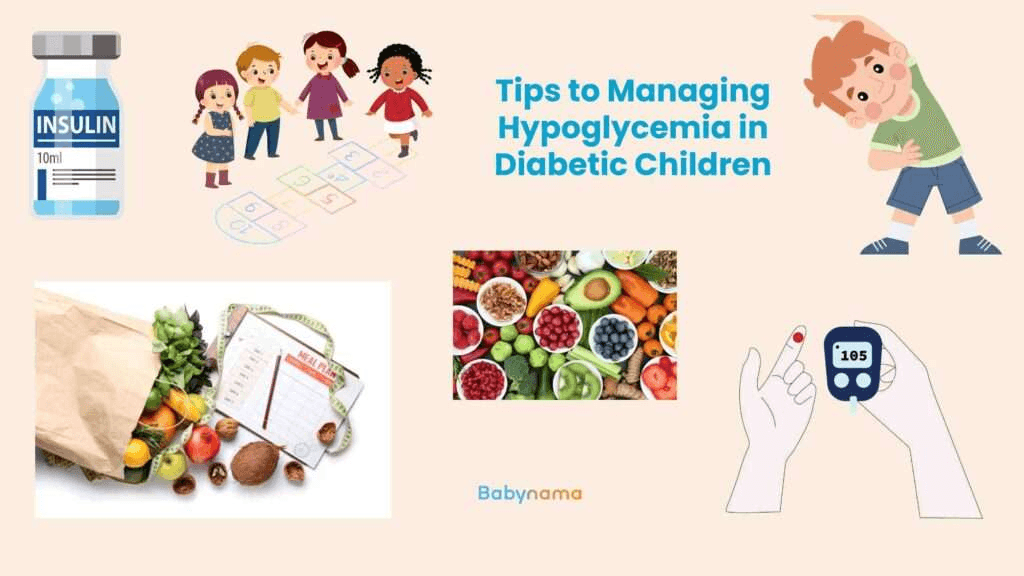
Every child grows and develops at their own pace, and some children may experience developmental delays or behavioral disorders compared to other children of their age. This can cause concern and worry for parents, but doctors use the Bayley Scales of Infant and Toddler Development (BSID) to evaluate the infant’s growth in terms of development and behavior.
In this article, we will learn about the Bayley Scales of Infant and Toddler Development.
What are the Bayley Scales of Infant and Toddler Development?
The Bayley Scales of Infant and Toddler Development, also known as the Bayley Developmental Scale, is a tool for evaluating the developmental functioning of infants and toddlers aged 1 to 42 months. This evaluation examines infants’ and young children’s motor, cognitive, social-economic, linguistic, and adaptive development.
The Bayley Development Scale requires the examiner and child to engage in various interactions and tasks, which help to determine the child’s mental and motor development and assist with diagnosis and therapy.
Components of the Bayley Scales of Infant and Toddler Development
The Bayley Scales of Infant and Toddler Development test consists of five components, each of which takes between 45 minutes and one hour to complete. These components are:
Cognitive Scale: This scale estimates a child’s cognitive abilities, such as their capacity to engage in pretend play or search for dropped objects.
Language Scale: This scale examines the child’s capacity to comprehend and speak language and follow directions.
Motor Scale: This scale measures the child’s general and fine motor capabilities.
Social-Emotional Scale: This scale looks at a child’s social skills or ability to get along with others and play games appropriate for their age.
Adaptive Behavior Scale: This scale looks at how well a child does with everyday skills like getting along with others, following rules, and adjusting to new situations.
How does the Bayley Scales of Infant and Toddler Development work?
Evaluation process during the Bayley Test





